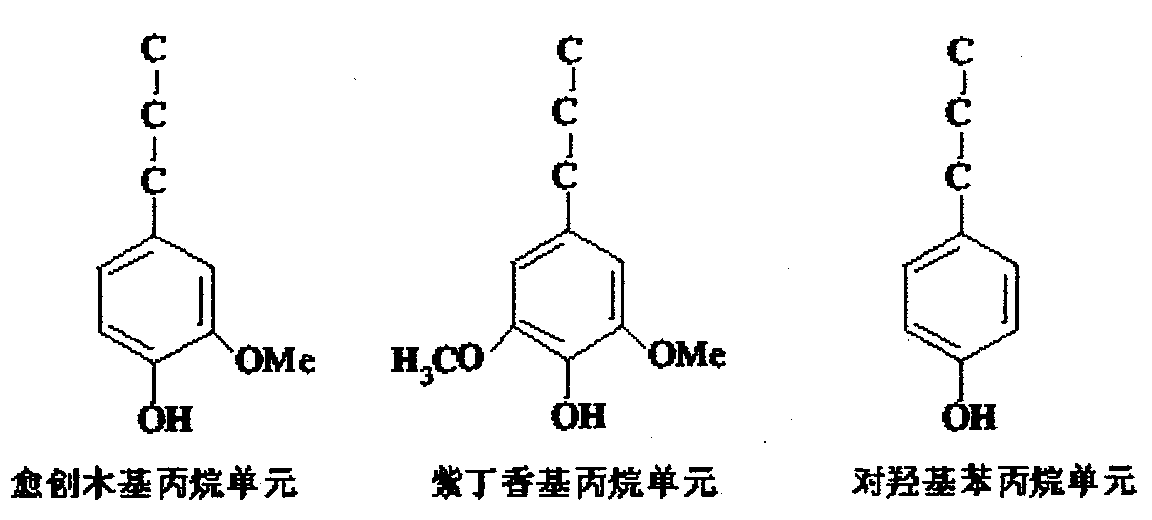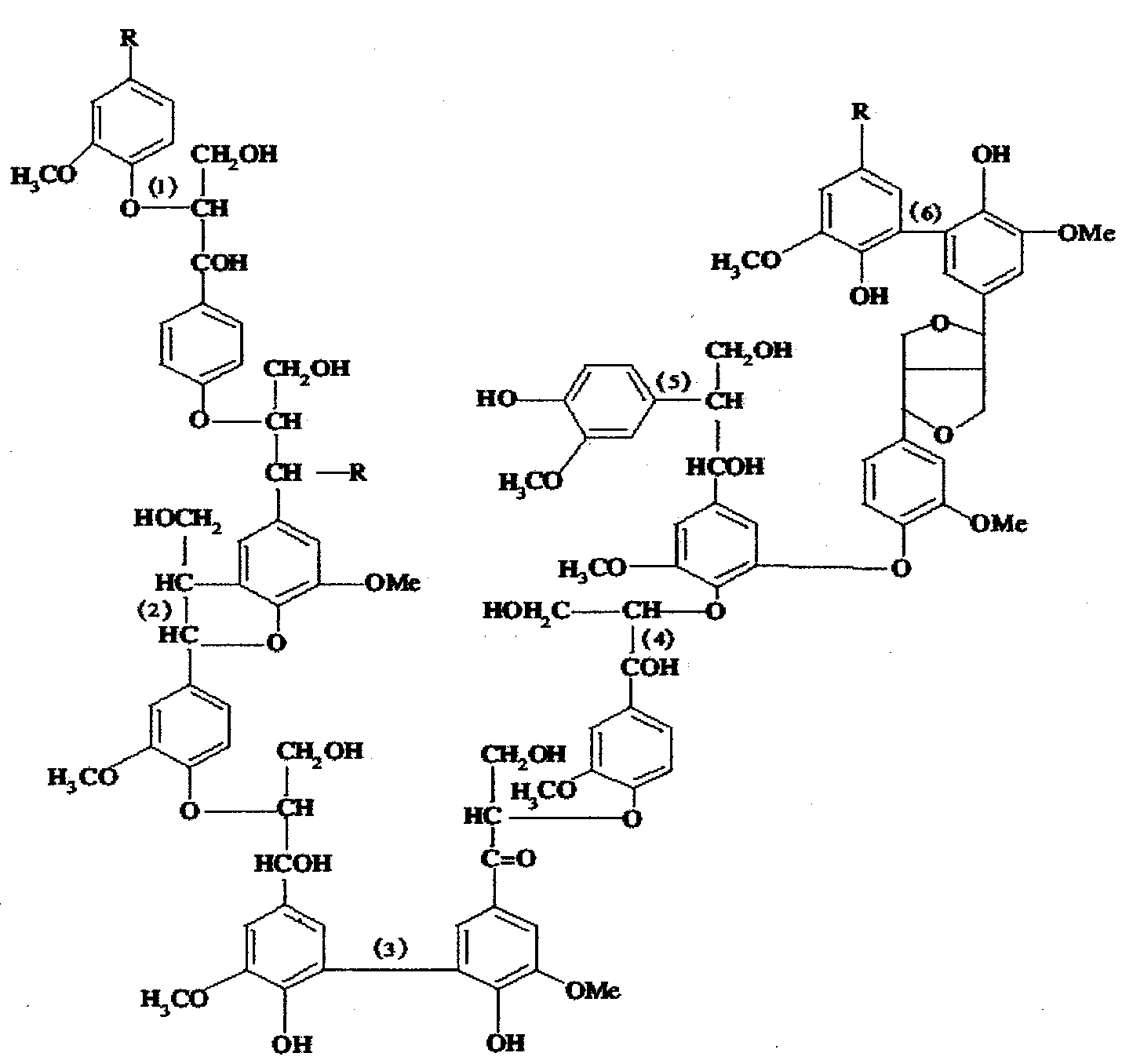Method for producing aryl compound by using lignin
A technology of lignin and compounds, applied in the preparation of organic compounds, chemical instruments and methods, organic chemistry, etc., can solve problems such as waste of resources, environmental pollution, etc., and achieve the effects of reducing production costs, shortening reaction time, and reducing production costs
- Summary
- Abstract
- Description
- Claims
- Application Information
AI Technical Summary
Problems solved by technology
Method used
Image
Examples
Embodiment 1
[0025] Take 50g of alkali lignin and mix with 800g of distilled water, and adjust the pH value to 2 with hydrochloric acid. Stirring treatment was carried out at 70°C for 3 hours in a water bath. Then the resulting precipitate was filtered, washed with distilled water until neutral, and dried to obtain lignin. The elemental compositions of alkali lignin and lignin are shown in Table 1. After the alkali lignin is transformed into lignin by purified acid treatment, the impurity content is greatly reduced, the C content in the lignin increases from 33.62% to 60.51%, and the H content increases from 4.41% to 6.24%. High-purity lignin is very beneficial to the increase of liquid yield after lignin catalytic hydrocracking.
[0026] Table 1 Elemental composition of alkali lignin and lignin
[0027]
Alkali lignin / wt%
Lignin / wt%
C
33.62
60.51
[0028] H
4.14
6.24
O
34.11
26.20
Impurity elements ...
Embodiment 2
[0032] Get 70g alkali lignin (same as embodiment 1) and mix with 700g distilled water, adjust pH value to 3 with sulfuric acid. Stirring treatment was carried out at 75°C for 2.5 hours in a water bath. Then the resulting precipitate was filtered, washed with distilled water until neutral, and dried to obtain lignin.
[0033] Get 150g lignin, 2g Ni-Mo / Y catalyst (the content of NiO is 7wt% in the Ni-Mo / Y catalyst, MoO 3 The content is 18wt%, and the balance is Y-type zeolite), 0.5g carbon disulfide, 650g tetrahydronaphthalene are placed in the autoclave, and then the air in the autoclave is replaced 3 times with hydrogen. Then pass hydrogen to 5MPa, check the airtightness, and ensure that the airtightness is good.
[0034] Then the autoclave was heated to 380° C., and the reaction was continued at this temperature for 15 minutes. Then the autoclave was naturally cooled to room temperature, the autoclave was opened, and the liquid product was separated for gas chromatography ...
Embodiment 3
[0036] Get 100g alkali lignin (same as embodiment 1) and mix with 1000g distilled water, adjust pH value to 3 with nitric acid. Stirring treatment was carried out at 80°C for 1.5 h in a water bath. Then the resulting precipitate was filtered, washed with distilled water until neutral, and dried to obtain lignin.
[0037] Get 100g lignin, 3g Co-Mo / β catalyst (the content of CoO is 9wt% in the Co-Mo / β catalyst, MoO 3 The content is 22wt%, and the balance is beta zeolite), 0.8g dimethyl sulfide, and 400g tetralin are placed in the autoclave, and then the air in the autoclave is replaced 3 times with hydrogen. Then pass in hydrogen to 6.5MPa, check the airtightness, and ensure that the airtightness is good.
[0038] Then the autoclave was heated to 420° C., and the reaction was continued at this temperature for 10 min. Then the autoclave was naturally cooled to room temperature, the autoclave was opened, and the liquid product was separated for gas chromatography analysis. The...
PUM
 Login to View More
Login to View More Abstract
Description
Claims
Application Information
 Login to View More
Login to View More - Generate Ideas
- Intellectual Property
- Life Sciences
- Materials
- Tech Scout
- Unparalleled Data Quality
- Higher Quality Content
- 60% Fewer Hallucinations
Browse by: Latest US Patents, China's latest patents, Technical Efficacy Thesaurus, Application Domain, Technology Topic, Popular Technical Reports.
© 2025 PatSnap. All rights reserved.Legal|Privacy policy|Modern Slavery Act Transparency Statement|Sitemap|About US| Contact US: help@patsnap.com


